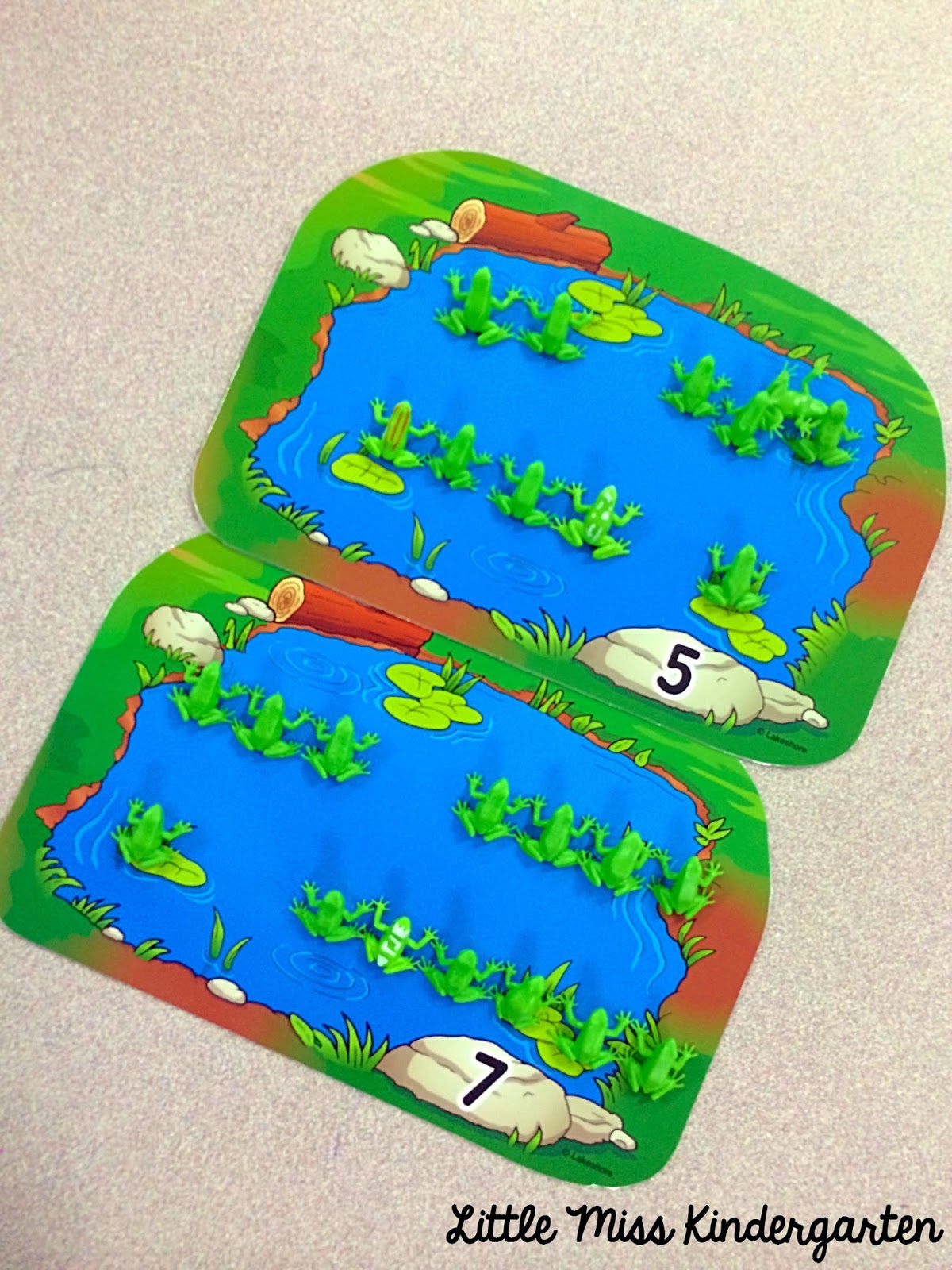
Math educators have increasingly acknowledged the importance of “subitizing”-the ability to instantly know "how many” on sight-which is now part of the Common Core Curriculum. Manipulatives (physical objects used to facilitate a better understanding of numerical concepts) and visual aids-including ten frames-are important teaching tools that can be used to help students get a better grasp of number sense.
DECOMPOSE MATH KINDERGARTEN DEFINITION SERIES
What seemed a daunting equation to calculate was decomposed into a series of smaller and simpler sums, allowing us to work out our final answer with general ease and making the larger equation much easier to solve.Starting in kindergarten and moving through the first grade, students of early math begin to develop a mental fluency with numbers and the relationships between them known as " number sense.

We subtract 4 from 15 to get a final answer of 11 and our equation has been solved.

Tinally, let’s complete our additions and subtractions. Next, let us complete our divisions: (30 / 2) - (12 / 3) is 15 -4. Since the top left of our equation is a multiplication, let's do this first: It doesn’t matter in which order we do multiplication and division. The next step is to solve any indices (powers), however since there aren’t any present, let’s move straight on to our multiplication and division. Therefore, let’s complete the addition in our brackets and see what the equation looks like: The first step to solving maths equations is to solve our brackets. BODMAS (Brackets, Other / Indices, Division, Multiplication, Addition, Subtraction) tells us what order we need to solve operations in. Before we start our decomposition let’s have a quick reminder of the rules involved when solving maths equations.

There are a lot of steps involved when solving this equation, so the best way to calculate an answer is to decompose it. In KS2 the key concepts of decomposition will be revisited, however there will be a much stronger link to mathematics and computer science whilst learning takes place.Ī fantastic example of a decomposition activity at KS2 would be to look at mathematical functions and break them down into their individual components. This is the heart of decomposition: taking a complex and seemingly impossible problem and analysing how best to find a solution. Now let’s find out whether our character has blonde hair:Īs you can see, by asking a series of targeted questions we were able to establish that the chosen character must be Christian, as there was nobody else on the board that met our criteria.īefore our decomposition of this problem, we were faced with quite a daunting task – how do we work out who our opponent has chosen in a group of 16 people? However, by breaking the problem down into a series of smaller, easier-to-manage problems, we were able to find a solution with relative ease.

Next we could find out whether our character has hair: Having narrowed down the options the next question asked could be “has your character got black hair?” the answer to which would be “no”. This has immediately narrowed down the remaining choices on the board: The first question could be “have you chosen a male character?” to which the answer would be “yes”. I have decided that Christian is my character, and now it is down to the other player to try and work out whom I have chosen. Let’s play a round using the character named Christian: In the game Guess Who, the aim is to try and find out which character the other player has picked by asking a series of questions to try and narrow down the possibilities to only one.


 0 kommentar(er)
0 kommentar(er)
